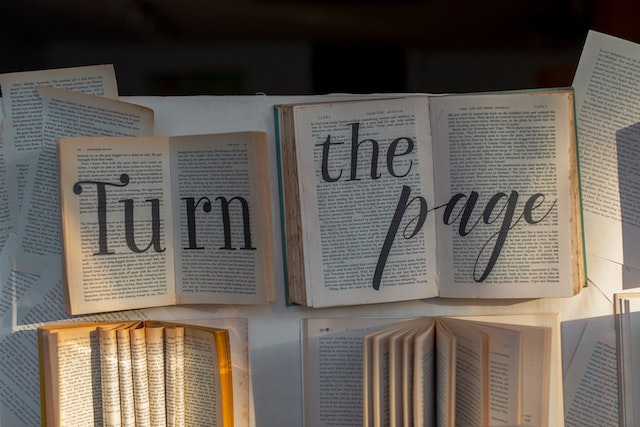Is Your Mystery a Mystery?

The Mystery Genre
There’s a difference between novel genres and online book retailer categories. These differences can be confusing to beginning writers. Your novel may be a mystery and fit the genre, but can be categorized online as Mystery/Suspense/Thriller.
New writers who look at categories may feel they need to write mystery/suspense or suspense/thriller. And while writing a cross-genre book is acceptable, it’s a writing project that makes it hard for a first-time writer to succeed. They may emphasize the wrong place in a story and confuse readers about the direction of the story.
One of the students in the Write A Killer Mystery course was confused by these categories. I know it’s a common confusion. That’s why the course, the videos, and these articles focus on writing in the mystery genre so new writers can produce a story mystery readers will love.
Mystery, Suspense, Thriller: What’s the Difference?
Let’s look at the difference between mystery, suspense, and thriller genres.
Mystery: the main character is occupied in tracking down the truth about an event, usually a murder. If the protagonist is in any danger, it is usually moderate, and becomes a problem only as the detective approaches the truth.
Suspense: the main character may become aware of danger only gradually. In a mystery, the reader is exposed to the same information as the detective, but in a suspense story, the reader is aware of things unknown to the protagonist. The reader sees the bad guy plant the bomb, and then suffers the suspense of wondering when or if it will explode.
Thriller: the protagonist is in danger from the outset.
These a broad definitions but they can help you determine which genre your story fits. And, as you begin a new story, these broad genre descriptions help you determine how you will construct your story elements.
Mystery Elements
Mystery stories revolve around a main character on a quest to solve a crime. A mystery creates intrigue by revealing the identity of the antagonist only at the climax of the story.
The reader follows the mystery through the eyes of the sleuth. As a writer, you create clues in the story sequence, inviting the reader to join the investigation. Mystery readers love trying to solve the puzzle before the sleuth.
Let’s look at 10 mystery novel elements. These elements will help you create a mystery novel that meets reader expectations.
- A strong hook for the reader. A good mystery invites the reader to solve the crime. At the beginning, introduce your sleuth. Your protagonist needs to pique interest in your story. As soon as you introduce the crime, build intrigue. If the dramatic element is missing from the beginning, the reader expects the rest of the book to be the same. The first chapter should initiate the mystery, aligning the reader with the central character on the crime-solving adventure.
- A crime. The crime fuels the mystery plot. It creates the central conflict, launching the investigation, and sending your sleuth on their quest to find the killer.
- A sleuth. The central character of your mystery. They need a backstory that connects them to the crime or the killer, and a motive that explains why solving the crime is important to them. Your sleuth can be either a law enforcement professional or a citizen amateur, but their character sets the tone of the story
- A villain. The culprit is unknown until they’re caught at the end. They work behind the scenes to keep the sleuth from discovering the crime.
- Narrative momentum. The search for the villain is the cat-and-mouse chase that moves the story. The pacing quickens the closer the plot moves toward the climax and the sleuth gets closer to discovering the villain.
- A trail of clues. Clues are the element that allow the story to engage the reader, driving deeper into the story. You’ll need an organized process to create the clues and keep track of where and how they appear. Physical evidence and suspect interviews contribute to the trail of clues.
- Foreshadowing. Hint at future events through clues, character dialogue, and your sleuth’s thoughts.
- Red herrings. Clues that throw your sleuth and the reader off track. Red herrings are essential to a mystery. They keep the reader guessing. As they lead away from the main culprit, you build tension in your story.
- Setting. An atmospheric setting adds mood and dimension to the story. Hide clues and red herrings in the setting.
- Satisfying end. Eliminate doubt about other suspects and tie up loose ends. Then, end with the big reveal as the sleuth discovers the culprit’s identity and reveals it.
When your story includes these elements you’re well on your way to writing a mystery readers will love. They are ardent fans. You’ll love their support as you write your next mystery.
Ready to write your mystery? Get on the Killer Writer list.




